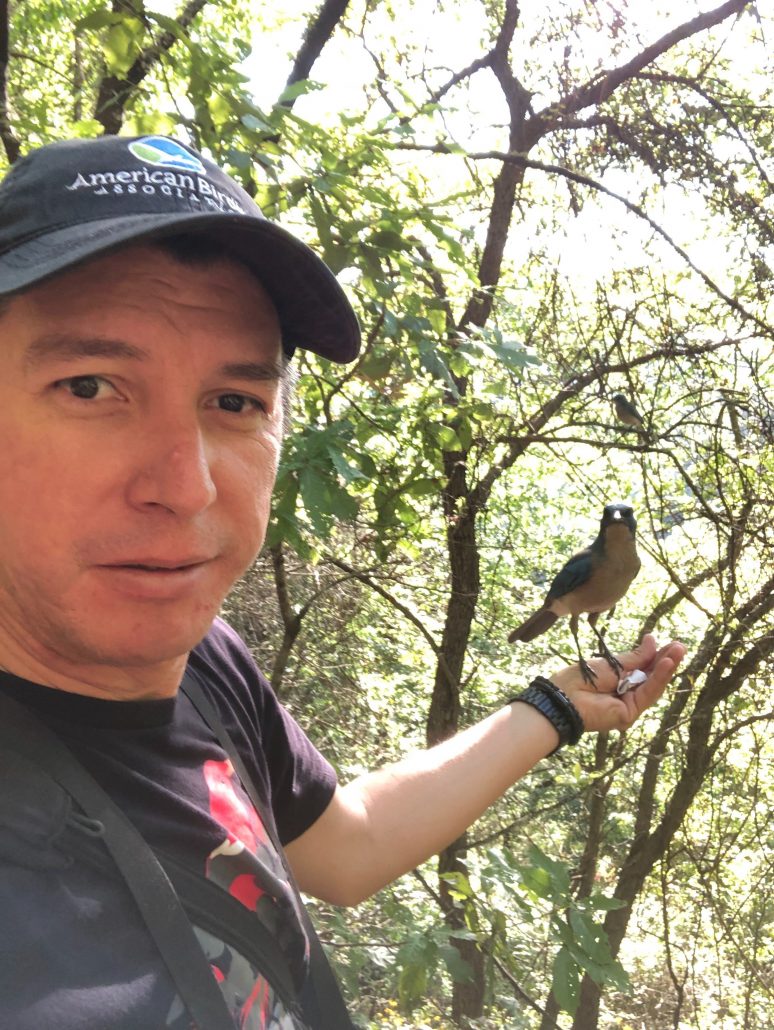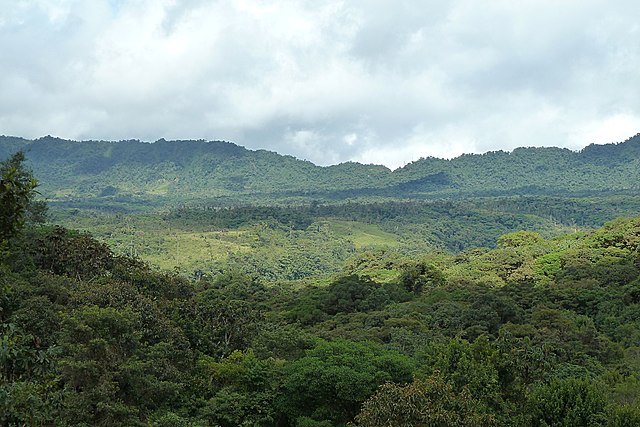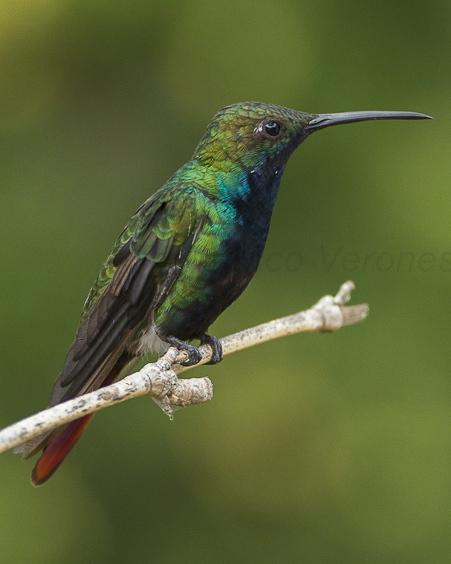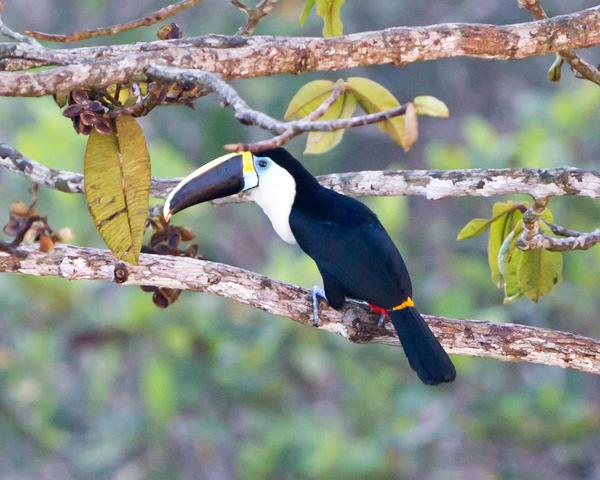August Birder of the Month: Rene Valdes
Birding and Conservation in Mexico with Rene Valdes
By Amanda Grennell
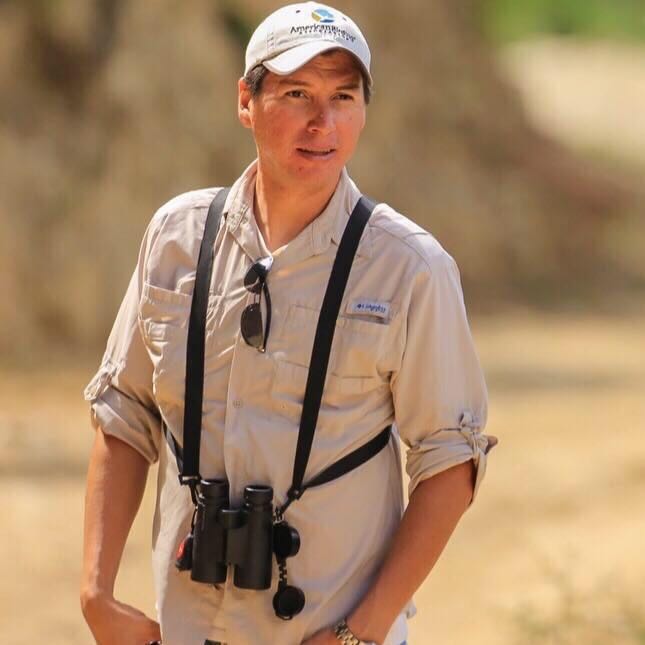
One thousand. That’s how many birds in Mexico Rene Valdes aims to identify before he turns forty. He’s got two more years and only 31 species to go — and after learning that Rene basically lives and breathes birding, we won’t be surprised when he hits his goal.
How did Rene get into birding? In high school he volunteered to develop nature trails in an estuary preserve in Mazatlán. The lead on the project, a birder from the Netherlands, lent Rene his binoculars and challenged him to find “Woody Woodpecker” out on the estuary. That first bird, actually a
Pale-billed Woodpecker, got Rene hooked — soon he was identifying all the birds in his hometown, and a little later began photographing birds. Little did he know that there are about 1,100 bird species native to Mexico.
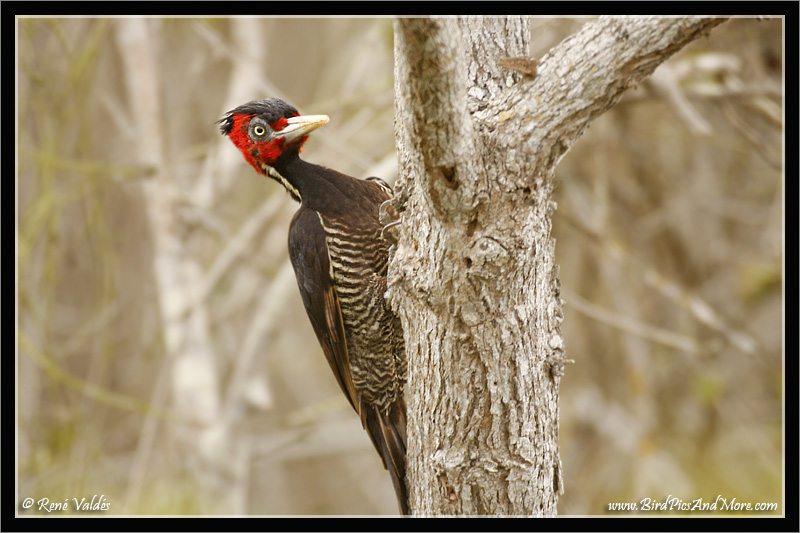
In college, Rene chose to study biology, but specialized in ornithology by joining in research projects, sometimes at other universities, to study birds and conservation. At one point he put his formal studies on pause to spend four months in Peru, studying parrots in the Amazon. That experience led him to research parrot conservation in Northeast Mexico for ten years after graduating college.
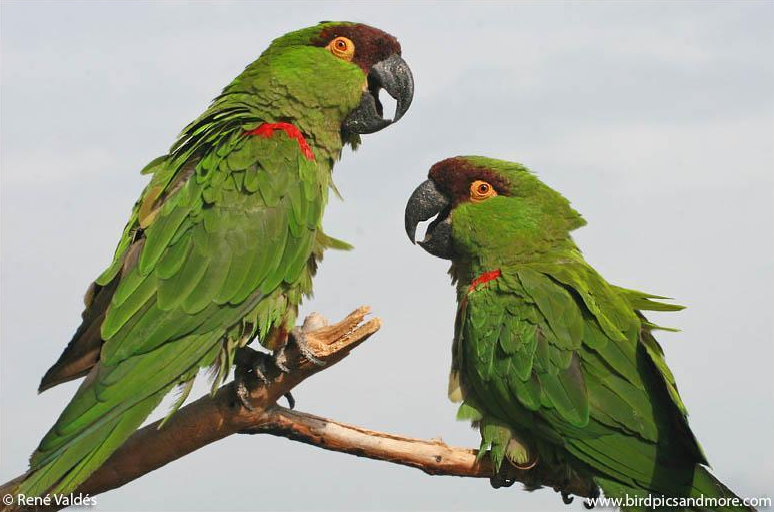
During this time, Rene focused on the Maroon-fronted Parrot, an endemic species to Mexico that is endangered. While living and studying in Northeast Mexico, Rene started guiding in his free time. He just couldn’t get enough of birds. He started leading tours in Mazatlán and the Pacific Coast, but branched out to new spots he learned about from his personal birding trips — Chiapas, the Yucatan Peninsula, and Monterrey, where Rene now lives. “Chiapas is one of my favorite places,” Rene said.
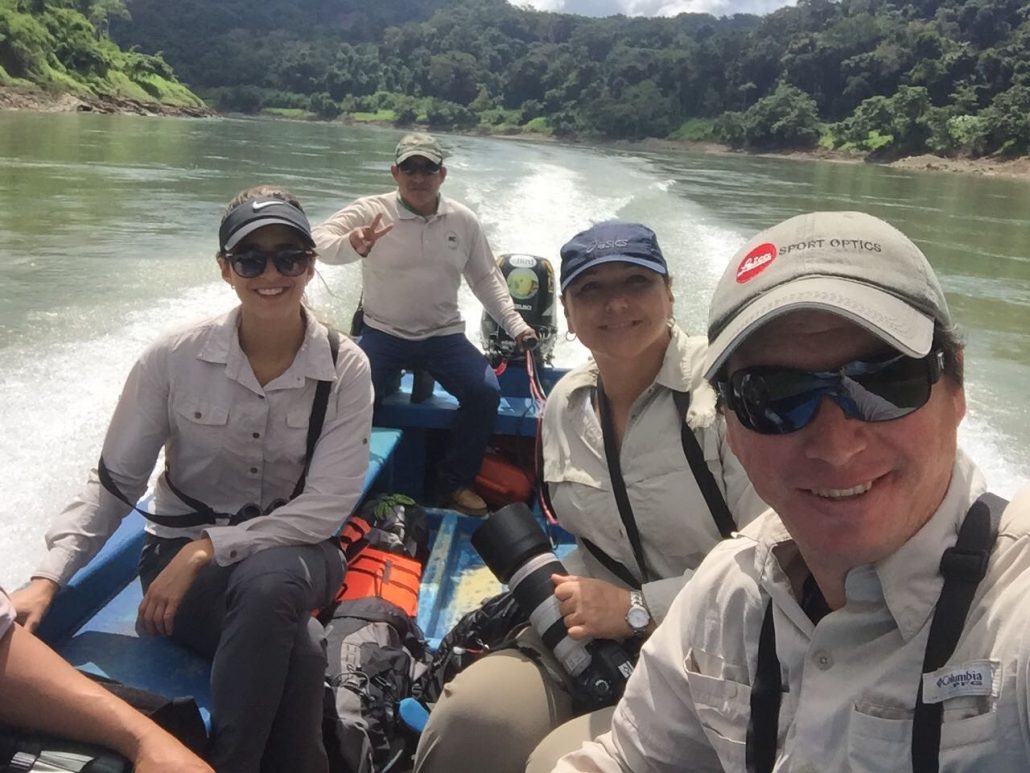
In 2011 Rene stopped doing academic research, switching to consulting with private companies. But he’s always watching birds, and studying their behavior for fun. “Last year I was studying a nesting colony of terns and gulls,” Rene said. Now he works with wind farm companies to do bird surveys on the Yucatan Peninsula to better understand how building windmills will affect bird populations. His studies aim to minimize the effects of wind farms on birds.
For the past six years, Rene has also guided tours for the Rio Grande Valley Birding Festival, which focuses on birds living along the border. It’s a huge affair with almost 100 guides — well worth checking out if you want to add more than 30 new birds to your life list. (This year’s festival is Nov 6-10, so there’s still time to plan a trip!)
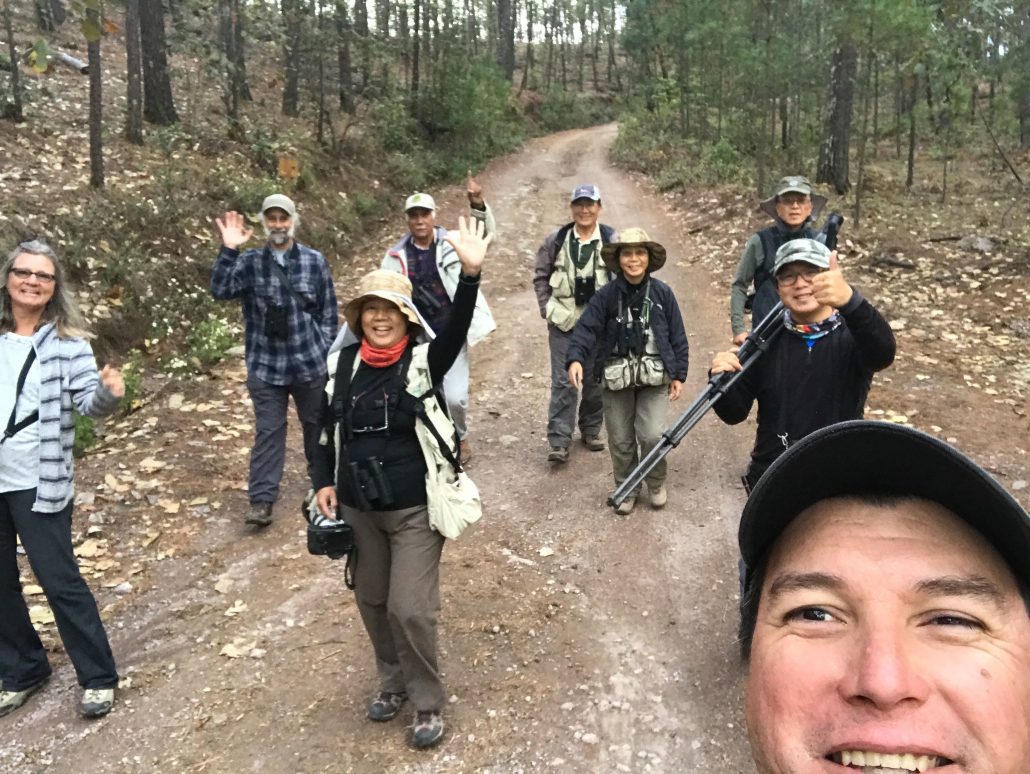
Disclaimer: Rene also works for BirdsEye, developing content, uploading new content, approving photos on birdseye.photo, and coordinating citizen science projects. He’s worked on creating Birds of Ecuador, Birds of Peru, and Birds of New Guinea — some of our apps that streamline guidebooks into excellent smartphone apps. And he reviews eBird sightings for three states in Mexico.
Like many birders, Rene is also a photographer. I might be biased, but Rene’s photos are stunning. But he’s never had lessons or taken any classes. So how did he hone his skills? “It was just practice.” Rene said. “I made a lot of mistakes. I started with a film camera, so I learned from my mistakes and tried to fix them.” Rene did get help from a friend to jumpstart his editing skills in photoshop, but after that he says he learned by himself, again, through lots of practice.
You can view many of Rene’s best photos on his birdseye.photo page.
Rene’s favorite bird may not be what you expect. In a country filled with vibrant birds in a rainbow of colors, Rene’s pick is a simple black and white: the Tufted Jay. “Very endangered species, but it is beautiful. There are no more than 1,000 birds left in the wild. It is gorgeous,” Rene said. Rene’s favorite tours are to the Mexican states of Sinaloa and Durango, where groups of up to twenty Tufted Jays can be seen.
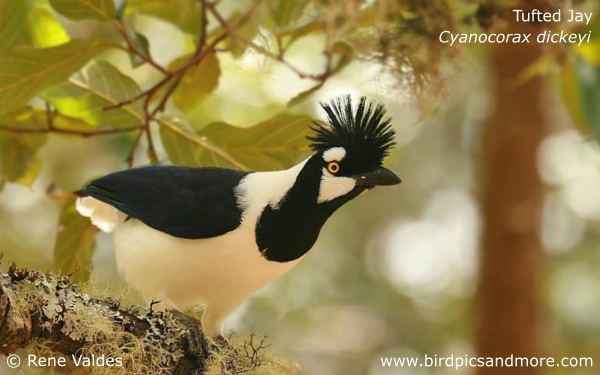
Rene is also partial to the Horned Guan because of the effort required to find its territory. You have to hike 5-6 hours to the top of a cloud forest in Chiapas to reach one of the only places it is known to live.
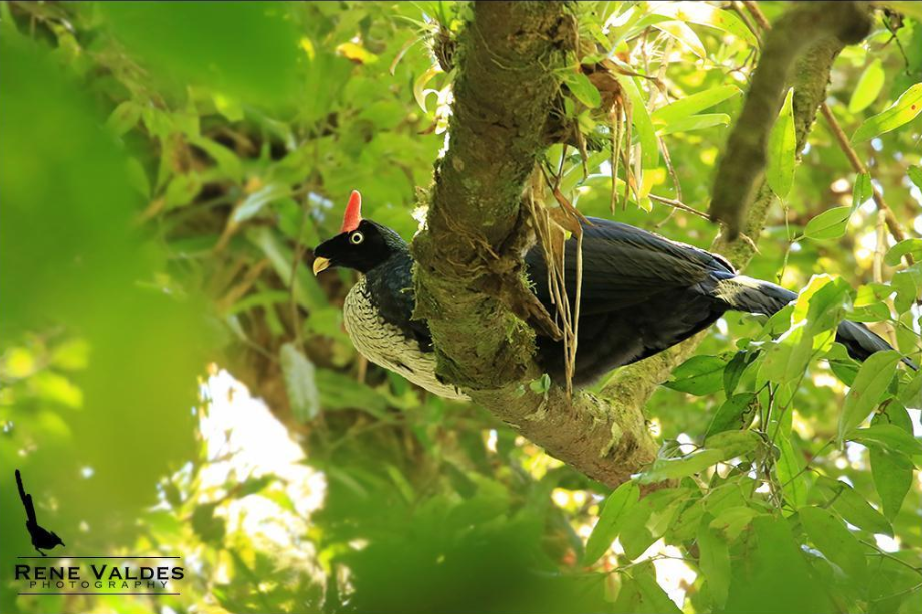
It’s hard for Rene to pin down exactly why he loves birding. “It’s addictive actually,” Rene said. “I travel a lot in Mexico to find birds that I have never seen before.” His Mexico list sits at 969 bird species identified, though Rene says he’s only snapped photos of about 600-700 different species from Mexico. “Discovering a new bird that is awesome, colorful, just beautiful birds. That helps people get into birding,” Rene added.
“As I say to my friends, when you have very few birds left, it is very expensive to get them. You have to travel a lot for only one bird sometimes. The first 200 or 300 species are for free.”
Even still, Rene saw five new birds on a recent trip off-shore of Baja. Yep, he’s going to have no problem getting to 1,000. Go Rene!
